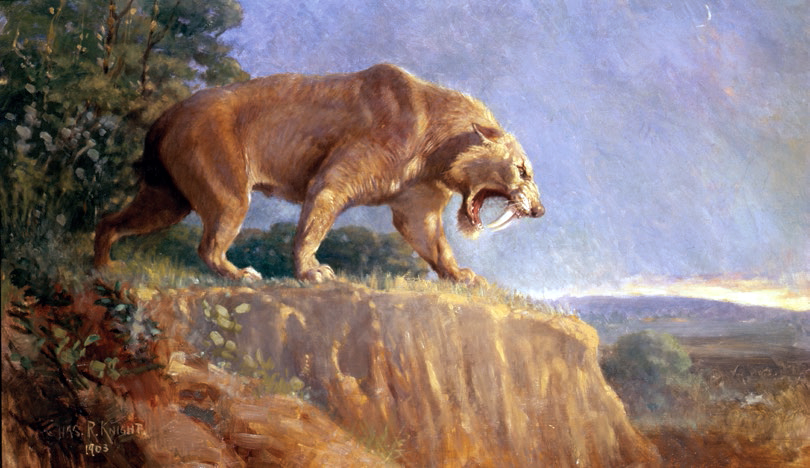Peramelemorphia
Enlarge text Shrink text
Information for Authority record
Other Identifiers
Wikidata:
Q244587
Library of congress:
sh 99010660
Sources of Information
- Mammal species of the world, 1993:p. 39 (Order Peramelemorphia. Synonyms: Perameliformes, Perameloidea. Recognized as an order by Aplin and Archer (1987) who proposed a new syncretic classification of the marsupials.)
- Integrated Taxonomic Information System query, via WWW, Oct. 8, 1999(Order Peramelemorphia. Usage: valid. Common name: not available. Synonyms: none. Superorder Marsupialia, Infraclass Metatheria, Subclass Theria, Class Mammalia)
- Walker's mammals of the world, 1999:v. 1, p. 69 (Order Peramelemorphia; Bandicoots. this order of 2 families with 8 recent genera and 22 species)
- Mammal species of the world, 2005:v. 1, p. 38 (Order Peramelemorphia. Synonyms: Peramelia, Perameliformes, Perameloidea)
- Australian journal of zoology, v. 32, no. 2 (1984), via WWW, Apr. 2, 2007:p. 219 (marsupial bandicoots; bandicoots)
- Marsupials, 2006:p. 7 (Order Peramelemorphia; marsupial bandicoots; three living families (peramelids, peroryctids and thylacomyids) and at least two extinct ones (yaralids and an as yet unnamed family); bandicoots)
1 / 3
Wikipedia description:
The order Peramelemorphia includes the bandicoots and bilbies. All members of the order are endemic to Australia-New Guinea and most have the characteristic bandicoot shape: a plump, arch-backed body with a long, delicately tapering snout, very large upright ears, relatively long, thin legs, and a thin tail. Their size varies from about 140 grams up to 4 kilograms, but most species are about one kilogram.
Read more on Wikipedia >
 Topic
Topic




